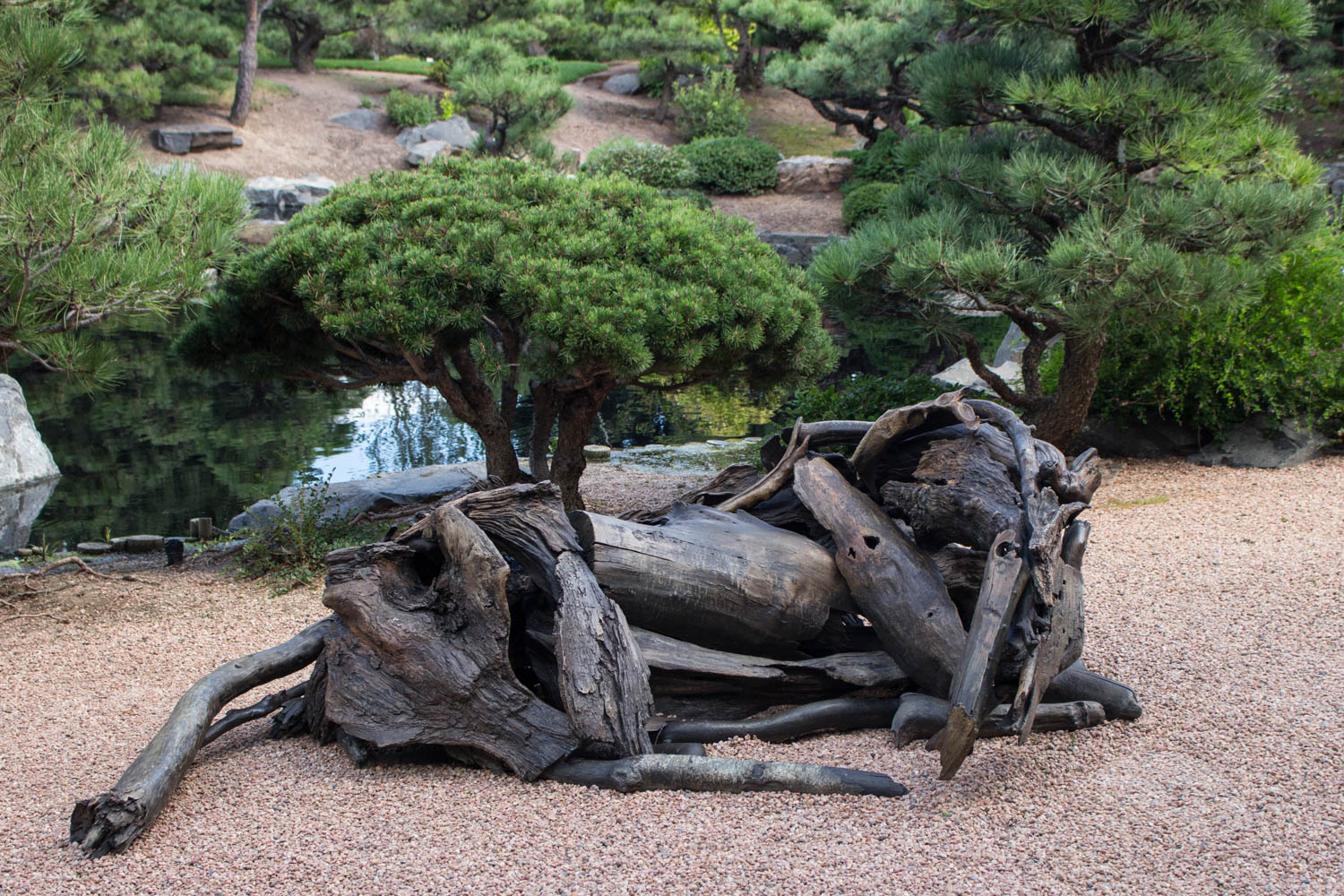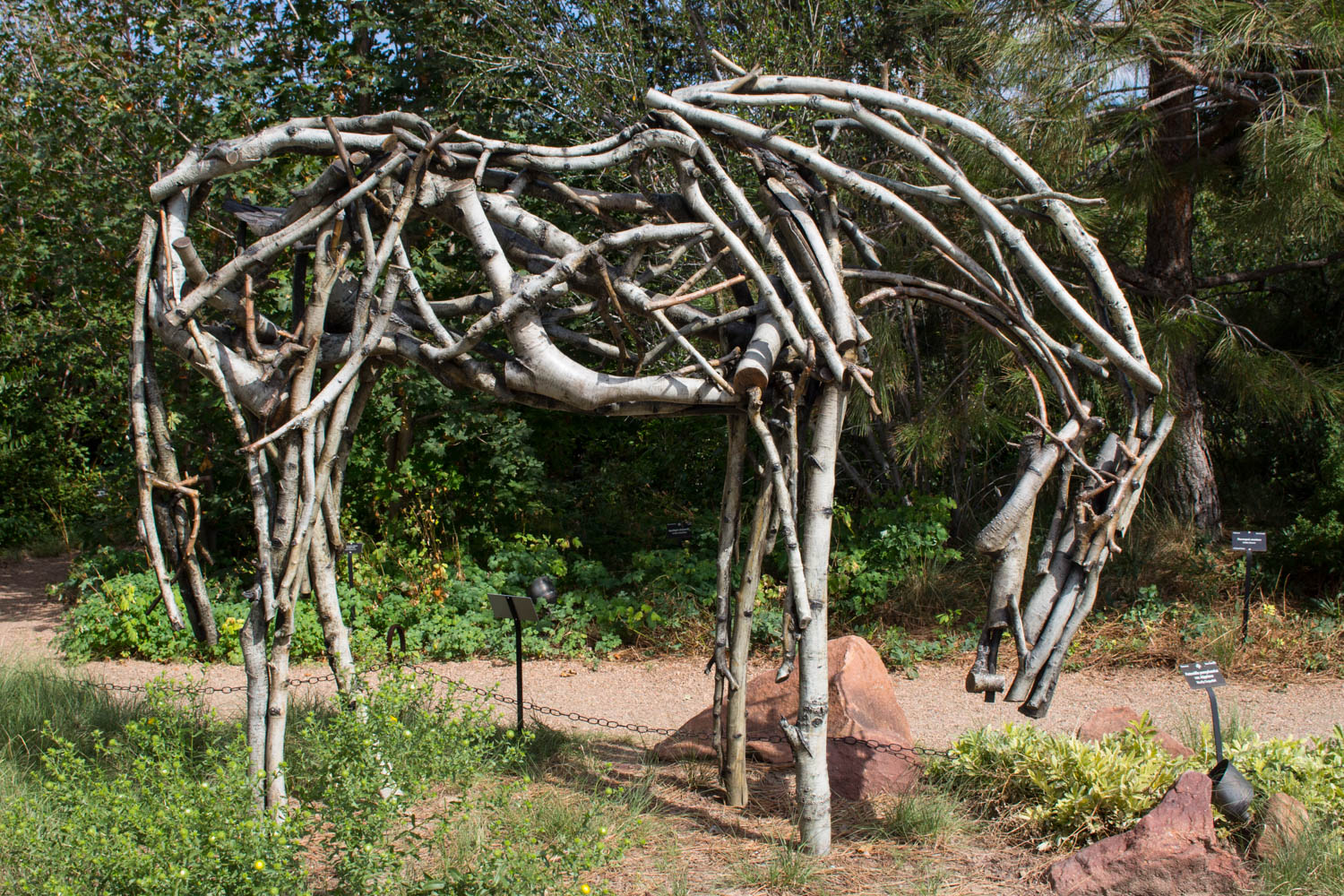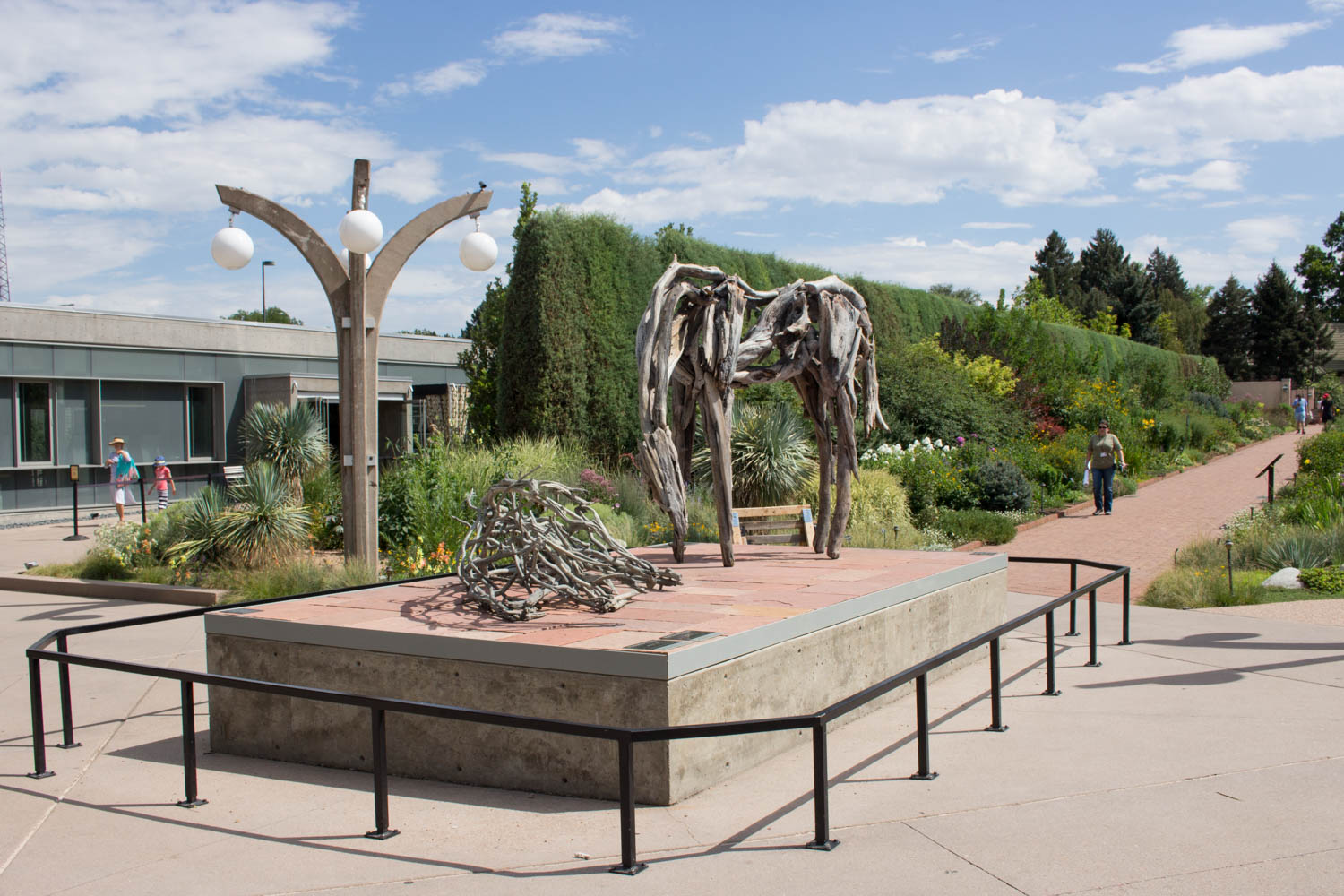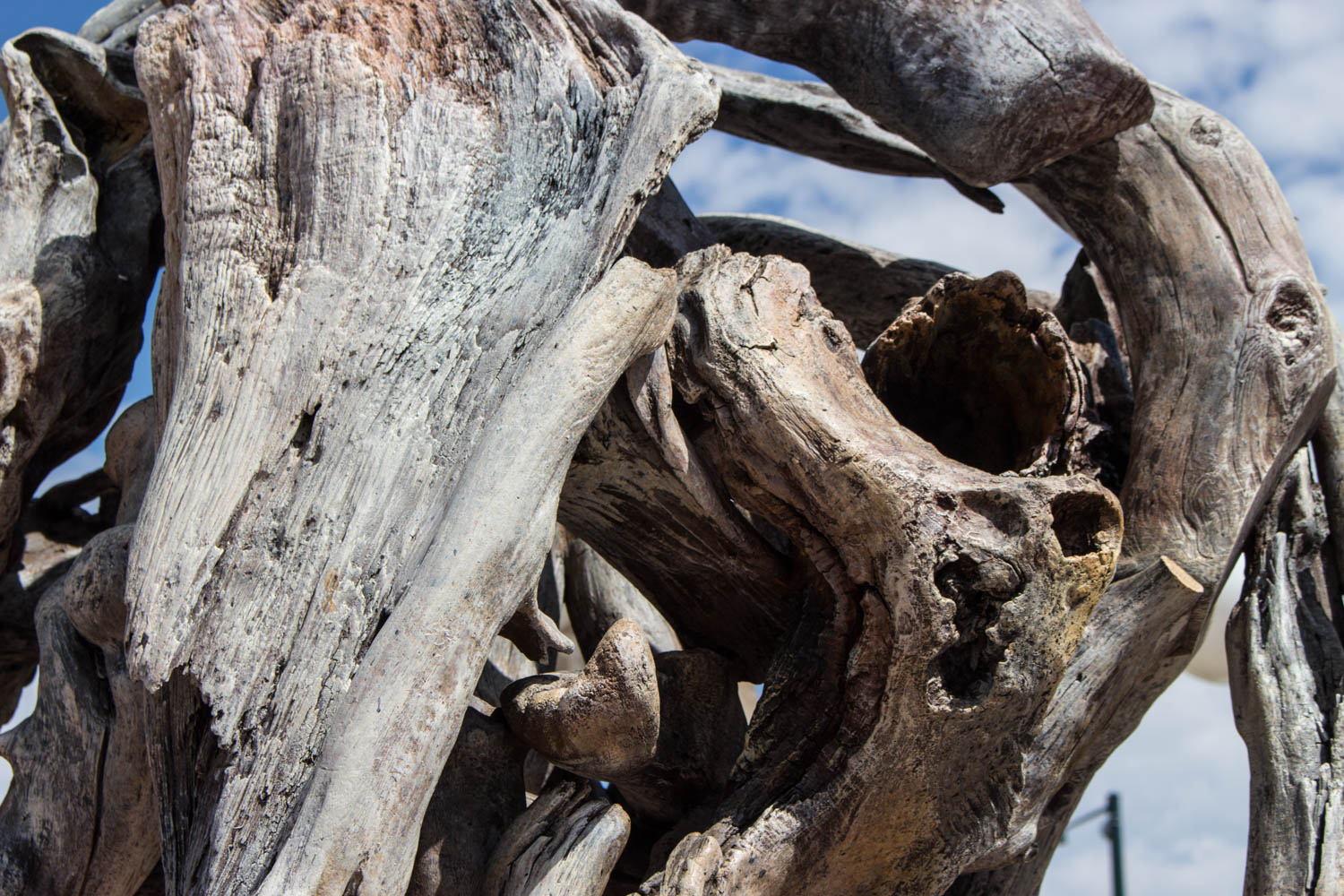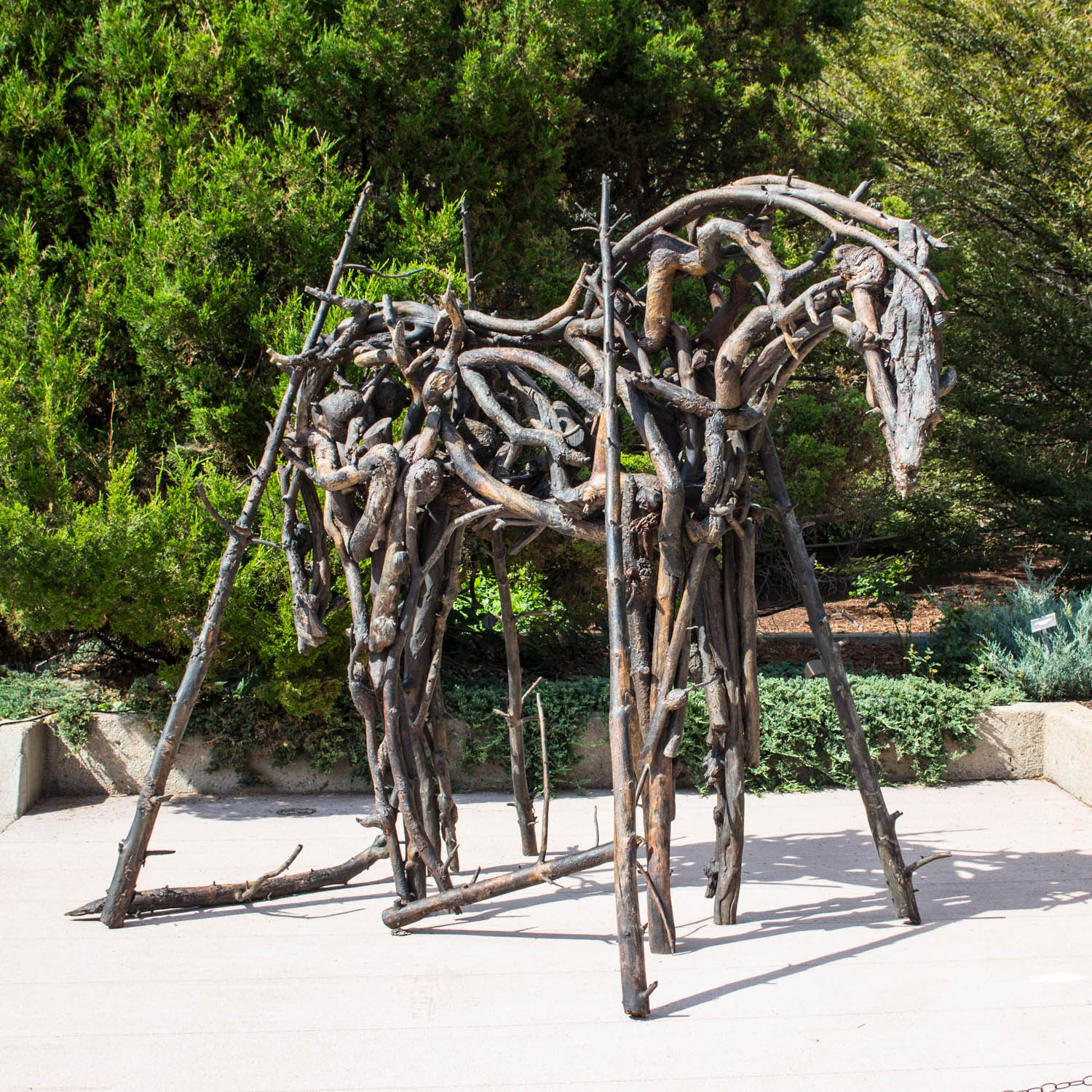Deborah Butterfield: The Nature of Horses, Denver Botanic Gardens
This summer, DreamLab Glass crew members Amy Sawchak and Glass Otaku paid a visit to Denver’s Botanic Gardens to check out this year’s outdoor exhibition by renowned artist Deborah Butterfield.
Anyone who’s ever flown into Denver has certainly seen Blucifer, the demon horse of the DIA. This petrifying sculpture instills fear on all who lay eyes on him. So often, the subject of the horse is depicted as a violent animal used for battle. Deborah Butterfield’s artwork at the Denver Botanic Gardens embodies the complete opposite of this depiction. The collection is composed of 15 of Butterfield’s astoundingly beautiful equine sculptures placed thoughtfully throughout the gardens. The overall tone of these equine sculptures is restful, they are not active, but passive which resonates well with the curated plant life.
Deborah Butterfield is often considered a sweetheart of American sculpture and her interpretation of life-size horses has been the subject of her sculpture for more than 30 years. She began creating this work with ceramic, moving into found objects and industrial material, and ultimately into the bronze cast branches that make up the majority of her work at the Denver Botanic Garden.
This exhibit contrasts the busy and color laden exhibit from Dale Chihuly last year with a much quieter and reserved display of work. You are able to soak in the gardens and subtly approach these giant beauties in your own time. The transition between the landscape and the sculptures feels as if you are approaching them out in nature, as if they have been there all along. The simplicity of the work allows the viewer to absorb what feels like personalities or emotions radiating from the horses.
As we wandered through the gardens, it was also hard to ignore people’s reactions to the work. We heard quiet gasps as people discovered the sculpture and noticed them as they took a thoughtful amount of time to soak in the work. I observed an elderly couple seated, holding hands and smiling, across the pond from one of the larger works, a mother and her young children gathered around a piece in deep conversation about the material, and a couple walked briskly to discover where the next sculpture was nestled. This exhibit is undoubtedly loved by the public not only because of its beauty but also because it inspires people to become careful observers which instills a meaningful discussion about the work.
We sat down with the garden’s communications manager, Erin Bird, to discuss the summer exhibitions. She explained that the artists are selected based on the theme chosen by the curatorial staff. This year’s theme was the Great Plains and similar steppe ecosystems and they could not think of a more complementary artist than Butterfield to synchronize their vision. The Botanic Gardens came to exhibit this body of work by conversing with the artist to make her largest solo outdoor show a reality. The collection is on loan from the artist, museum collections, private collectors, and universities from around the country. Bird also explained that the exhibit has been very popular with the public and is frequently described as elegant and graceful. A resounding reaction is the shock that viewers experience when closely observing the material, only to find out that the sculptures are made of bronze, and not of the driftwood that most assume they are. It is also assumed that the work arrives in pieces and is constructed on site, but in fact each of these sculptures which weigh thousands of pounds, is actually crane-lifted into the site.
The eloquent harmony created between her work and the landscape of the gardens is an essential experience if you are in the Denver area. But be careful; because of the popularity of this exhibit, the gardens are mobbed during the weekend. If your schedule allows, we recommend going on a weekday morning, even if that means calling in sick to do so.
This exhibit closes on October 18th but the Botanic Gardens are open all year round. For more information please visit http://www.botanicgardens.org/.

